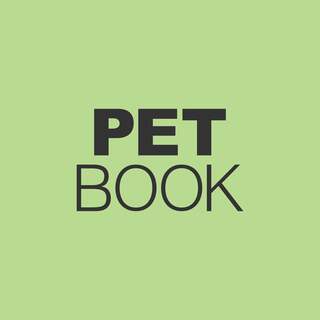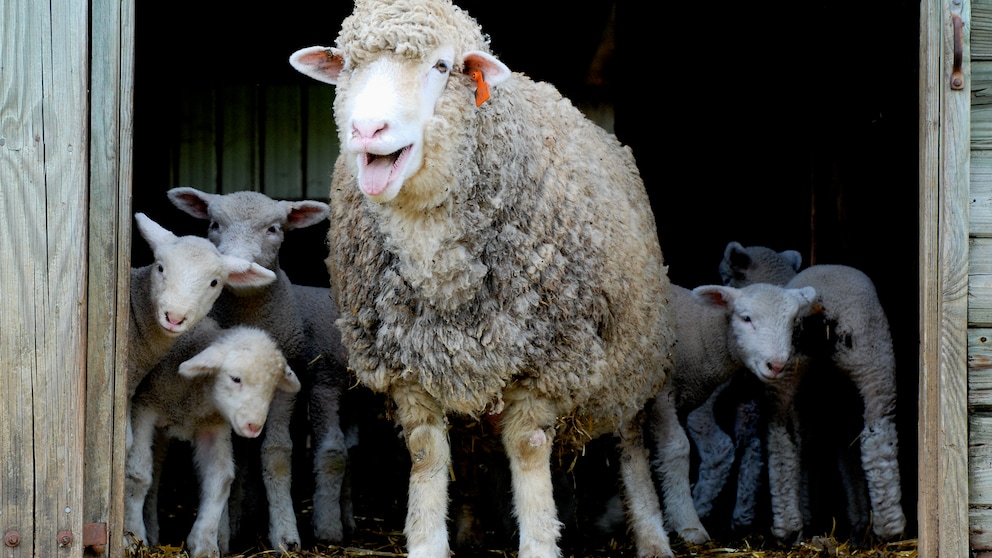
July 11, 2024, 6:30 am | Read time: 6 minutes
There is a lot to discover in the Rhön: “sexual deceivers” that attract digger wasps, for example, or sheep that are so well behaved that their shepherd could even let them wander through Frankfurt city center.
The Rhön is often called the ‘Land of Open Distances’. Colorful, herb-rich meadows, and pastures shape the distinctive landscape of this central German upland range, conveying an impression of openness and vastness. The fact that the species-rich mountain meadows are not overgrown with bushes and, eventually, trees is also thanks to these four-legged helpers: the typical Rhön sheep and goats. Shepherds like Oliver Spies and his wife, Sarah Perske, confirm this: “We keep the Rhön open and prevent overgrowth with our herd,” explains Spies.
Why Rhön sheep are not allowed to defecate in the nature reserve
Since the grazing season’s onset in early May, Spies has been leading his flock of approximately 320 ewes and 40 goats to graze daily across the meadows of a nature reserve near Hünfeld, near the Hesse-Thuringia border. At night, the animals are kept in a pen outside the area. There, the sheep and goats discharge the majority of excretion. Why outside the nature reserve? Manure acts as a fertilizer, which would be detrimental to the characteristic calcareous lean pastures that serve as a habitat for numerous rare plant species.
“Eleven species of orchid grow here between May and July, weather permitting,” explains Manfred Bender, a volunteer at the Rhön Biosphere Reserve. He offers nature tours through the area with his wife, Anni. In addition to orchids, other rare and protected signature plants like gentian and silver thistle thrive here across an expanse of 160 hectares. That is roughly equivalent to about 225 soccer fields.
Sheep have shaped a cultural landscape
One nature conservation gem follows another on the “Weinberg” near Hünfeld. For instance, the Benders note the presence of the common orchid, the exceedingly rare white helleborine, and the purple helleborine. Hardly anyone is as familiar with these orchids and other wild plants on the hilltop as these two amateur naturalists.
However, they don’t know why the area is called Weinberg. It’s possible the original name was Weidberg. A reference to the past when locals would drive their livestock to graze on its slopes. This cultural landscape has been formed over centuries, and many nature lovers and Rhön holidaymakers enjoy it today.
Visitors are amazed, for example, by a trick that the rare fly orchid has developed. In May, the orchid presents its first flowers resembling a wasp. Described as a ‘sexual mimicry flower,’ it lures male digger wasps that engage in their mating dance on the blooms, inadvertently pollinating them, Anne Bender explains.
Rhön sheep are constantly feeding
Unlike digger wasps, shepherd Spies’ sheep and goats are not fooled by plants. They know exactly where to find the tastiest herbs and grasses and munch away with relish. They show no interest in the stunning landscape, the view of the Hessian Kegelspiel, an impressive array of hilltops, or the vistas extending into Thuringia. Nor are they aware of their role as conservationists. And the fact that they and their goat colleagues occasionally pluck out or trample on the odd orchid probably doesn’t matter to them either.
However, the animals are permitted to do so, as nature guide Bender acknowledges. Their role in landscape conservation far outweighs the minor damage they cause to the terrain. Together with shepherd Spies, the Benders and other members of the so-called vineyard commission decide which part of the land will be grazed before the season starts. And no matter where it is, the animals like it.
“The Rhön sheep are always eating and cope well with the poor meadows here,” explains Spies. These typical inhabitants of the Rhön, with their black heads, are frugal. This breed nearly faced extinction in the 1980s but has since experienced a resurgence.
“I’d go through the city center with them in a heartbeat”
However, the family business in Eiterfeld in the district of Fulda – “the sheep farm with a heart,” as it calls itself – cannot survive on Rhön sheep alone. That’s why the Spies family also keeps a flock of 800 so-called meat sheep. They are easier to market and graze on vaster meadows near Friedewald (Hersfeld-Rotenburg district). Moreover, there is also a state premium for the herd’s contribution to nature conservation in the vineyard – billed per grazed hectare.
While the meat from the lambs and sheep can generate some income, their wool cannot. “You can’t make any money from the wool,” explains Sarah Perske. “The expenses for shearing are significantly greater than the revenue from selling the wool.”
Sheep’s wool is also suitable as a fertilizer
Necessity is the mother of invention and so the “Rhön-Wollets” were invented: Pellets made from shredded sheep’s wool. They have been on the market for around two years. And they can be used by hobby gardeners as a nitrogen-rich slow-release fertilizer and sponge-like water reservoir. For example, when growing vegetables. “But unfortunately, the idea hasn’t caught on yet,” regrets Spies.
Yet, among the sheep, one must not overlook the German noble goats and Boer goats in the flock. Unlike their wool-covered counterparts, these goats dare to venture into the vineyard’s bushes and thorny hedges. Their browsing habits also play a crucial role in curbing scrub encroachment into the biotope.
However, the goats are not quite as easy to herd as the Rhön sheep, which Spies describes as exceptionally well-behaved and docile. “I’d take them through Frankfurt city center in a heartbeat. I’d have no problems with that,” he laughs.
Rhön sheep formed one of 16 Unesco biosphere reserves
The Rhön constitutes one of the 16 UNESCO Biosphere Reserves in Germany, spanning the regions of Hesse, Bavaria, and Thuringia. Encompassing an area of more than 2,400 square kilometers, the biosphere reserve is nearly the size of Saarland.
The biodiversity within the Rhön’s protected habitats is notably high, offering favorable conditions for endangered bird species like the black grouse, corncrake, black stork and kingfisher. The reserve is divided into three zones subject to different protection requirements. Since 1971, under the auspices of the United Nations, UNESCO has been developing a global network of biosphere reserves, each exemplifying significant landscape types. The Rhön was recognized as a biosphere reserve in 1991.
With material from dpa

